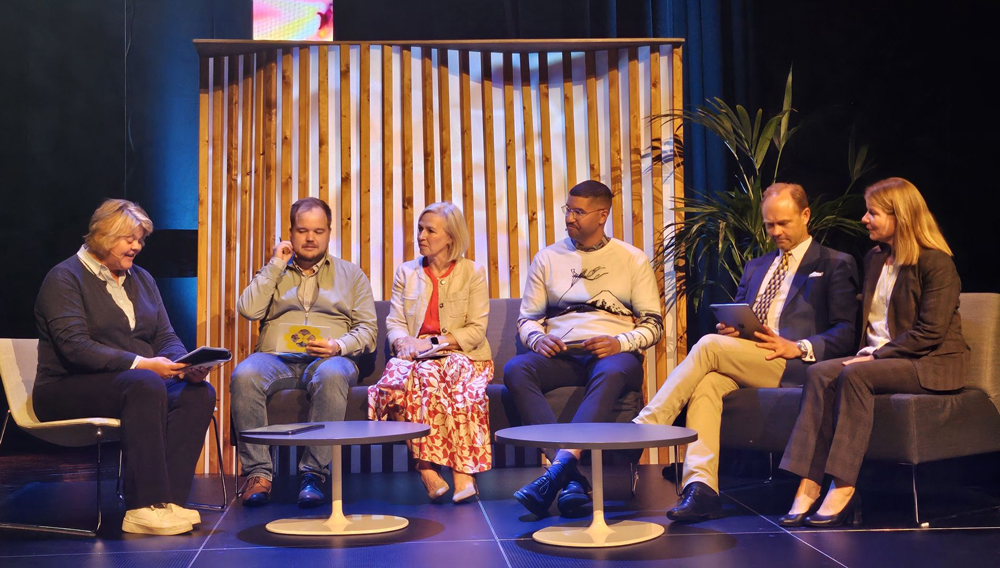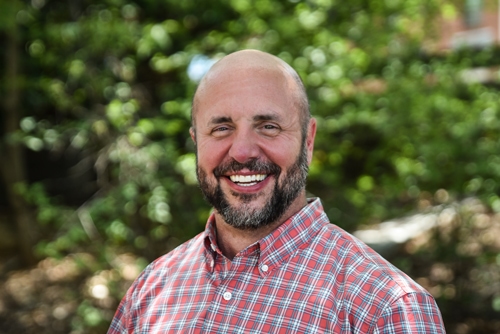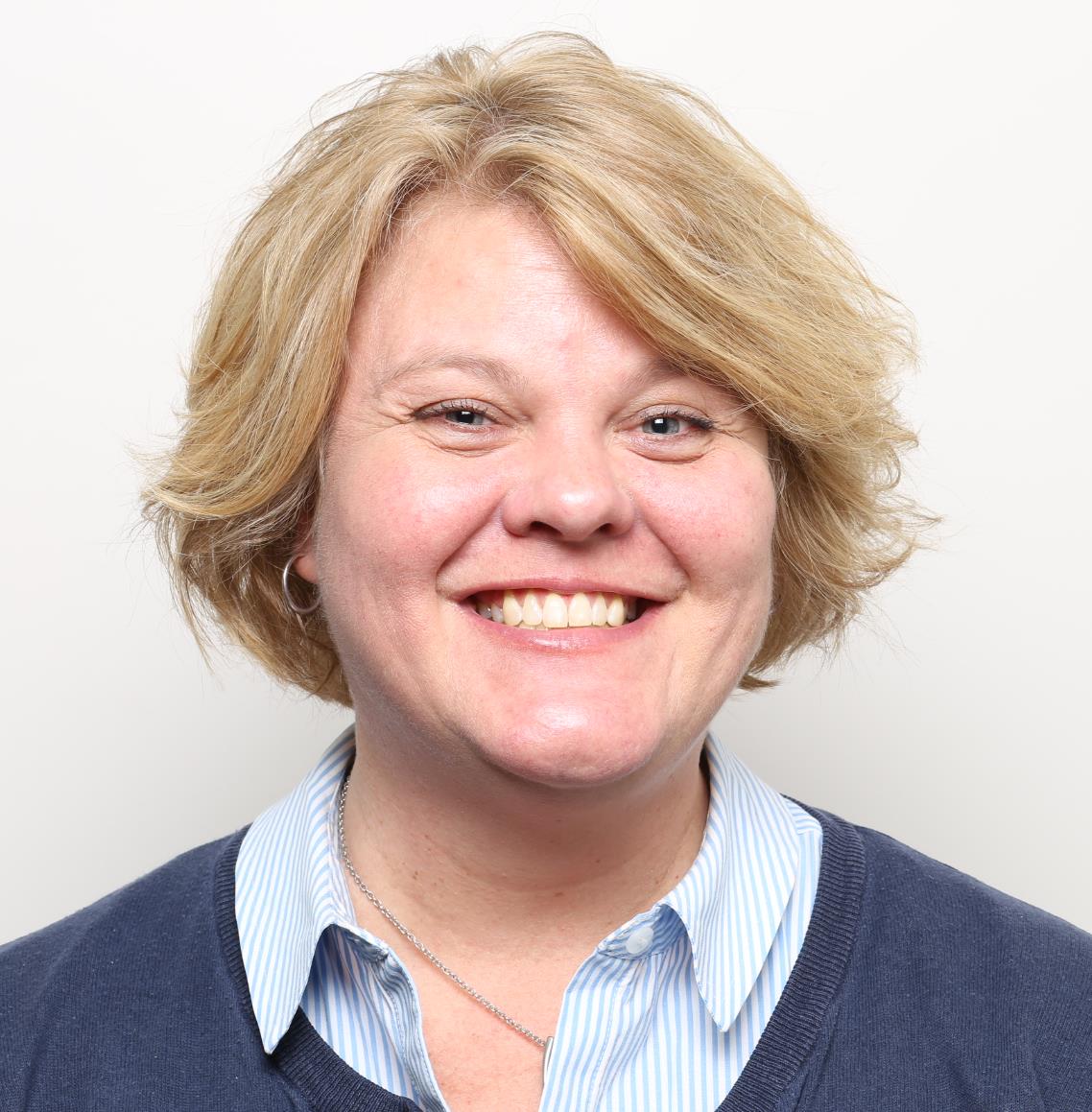The Arctic is changing more rapidly than anywhere else on earth due to climate change, and this is profoundly impacting the people that live in and depend on the ecosystems in these cold regions. In Season 7, Episode 13, host Sarah Thorne and cohost Jeff King, National Lead of the Engineering With Nature (EWN) Program, US Army Corps of Engineers (USACE), welcome back Laura Wendling, Senior Research Scientist at SINTEF Community in Trondheim, Norway. We continue our conversation on how innovative nature-based solutions (NBS) are being used in cold regions.
After recording Episode 12, Laura was headed to the Gaia Arctic Summit held in Vesterålen in Northern Norway. The summit focused on how to accelerate the transition to climate resilience in the Arctic. She returned inspired: “It was fabulous from start to finish. The landscape there is absolutely stunning, and I think seeing it really brought home how important it is that we protect this beautiful area and the people who live there.”

The summit brought together people from policy, finance, business, research and innovation, and public administration. “The main message for me is the need to collaborate across disciplines in how we work every day—not just having a meeting once a year but how we work in our daily life and how we plan things.” Laura moderated a session on finance, research, and innovation, exploring many issues: “How do we close the adaptation finance gap?” “How does this specifically relate to the Arctic communities?” “What about the urban rural divide?” “Are we sure that everyone in our rural Arctic communities is sufficiently represented in decision making?” And “How do we reach everyone in the community?” As Laura notes, “We had fantastic conversations, and I had a wonderful panel.”

We then asked Laura to discuss the policies, challenges, and opportunities for advancing NBS in cold regions and some of the efforts going on in Europe. She notes that there is strong explicit support for NBS within the European Green Deal and associated strategies such as the Biodiversity Strategy for 2030—policies designed to set goals to deliver on international commitments. The high-level goal is to achieve climate neutrality by 2050 through strategies for clean and affordable energy supply, mobilizing industry for a circular economy, a zero-pollution ambition, a farm-to-fork strategy for fair and environmentally friendly food systems, accelerating the shift to sustainable and smart mobility, and preserving and restoring ecosystems and biodiversity. She adds that all of these strategies must be implemented in the context of a socially equitable and just transition. As she explains, “It’s very ambitious, and I think that there’s always a gap between the ambition and the achievement. But it puts us on the right track, and it sets the right targets. It’s science- and evidence-based, which is a fundamental aspect of the European research and innovation strategy.”
One of the challenges that Laura notes is aligning policy at various levels, from the high-level European national policies to those on the ground at the local level. “To me, this represents the gap and begs the question whether we have all the necessary tools to implement these multilevel policies; and if not, how do we address it?” Jeff notes a similar challenge in the US and recent efforts within USACE: “What you describe is something we see quite a bit. Even those individuals or organizations that are receptive to the idea of NBS still have their own set of policies, rules, or regulations that they must adhere to and sometimes those can be contrary to the overall goal of integrating NBS into a landscape. We must find that common ground and be able to highlight the value of NBS and what that means for local economies, sustainability, and resilience.”
Laura agrees with the challenge of valuing NBS and making trade-offs. “Every time we dedicate land to any particular use, then we have opportunity costs. There’s a big question in cities about greening versus densification. We want our cities to be compact and walkable so that we don’t have urban sprawl and lots of emissions associated with transport. At the same time, we want to have green space in our cities, and this is contentious at times.” Laura notes that these challenges are particularly evident in the Arctic. “Where we see the sea ice dissolving and opening up new transport routes and revealing previously unknown mineral resources, there are all sorts of development possibilities. How do we ensure that the Arctic is developing in a way that’s consistent with the needs and desires of the local populations?”
Jeff notes the recent update of principles, requirements, and guidelines for USACE’s project-planning process: “It’s a wonderful movement. More value is being placed on NBS and natural infrastructure, so we will be taking a closer look at what we call ‘other social effects’ associated with our project.” Laura agrees that characterizing multiple cobenefits is essential: “Having multifunctional green spaces is really important in areas that have been degraded. When we talk about ‘renaturing’ or restoring ecological integrity and biodiversity, we also must consider that there are many different benefits that we can achieve, multiple cobenefits across social, economic, and environmental pillars, like we did in the city of Tampere, Finland. We designed a green space that would retain water during major flood events.”

Laura explains that part of the EU’s Biodiversity Strategy for 2030 is that every city of more than 20,000 people is required to come up with an urban greening plan. “The ultimate goal is to reintroduce nature to our cities and reconnect our structural and functional connectivity of habitats so the wildlife in our cities can move and adapt to climate change and we have plenty of habitat for different species.”
Looking forward, Jeff highlights the ongoing work at ERDC’s Cold Regions Research and Engineering Laboratory. “We are continuing to prioritize NBS and look for opportunities to integrate NBS concepts and projects into our Arctic communities. We want to continue to support those First Nations that live in Alaska and internationally. The international collaboration is something that I want to see EWN continue to support.” Laura agrees with this effort and has a call to action for listeners: “I would ask everybody listening—all of our listeners, our global community—to think about a consolidated action plan to engage the full range of stakeholders and move across borders to address the issues of climate change because climate change doesn’t stop at borders. We all have to work together. Only global action is going to have the outcome that we all need.”
We hope you enjoy our final Season 7 episodes on NBS in cold regions with Laura Wendling. Season 8 kicks off in September.







